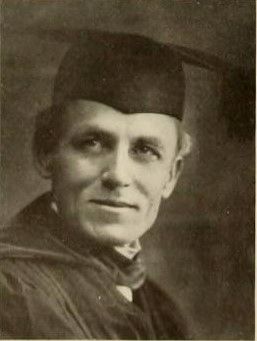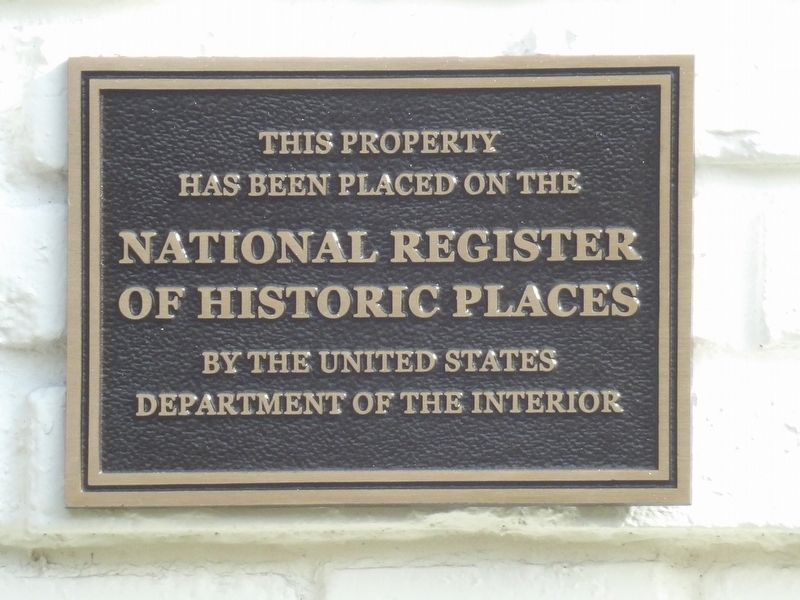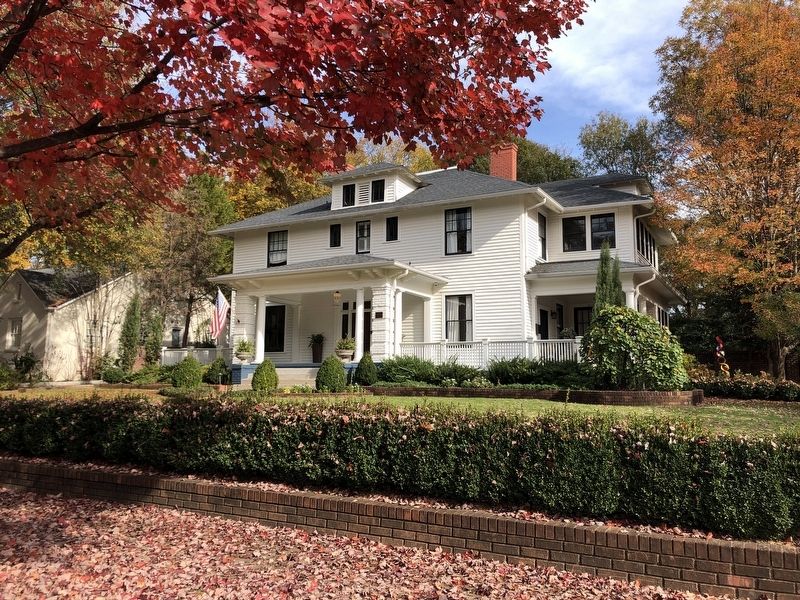Plaza Midwood in Charlotte in Mecklenburg County, North Carolina — The American South (South Atlantic)
Bishop John C. Kilgo House
has been placed on the
National Register
of Historic Places
by the United States
Department of the Interior
Topics and series. This historical marker is listed in this topic list: Architecture. In addition, it is included in the National Register of Historic Places series list.
Location. 35° 13.813′ N, 80° 48.485′ W. Marker is in Charlotte, North Carolina, in Mecklenburg County. It is in Plaza Midwood. Marker is at the intersection of The Plaza and Belvedere Avenue, on the right when traveling north on The Plaza. Touch for map. Marker is at or near this postal address: The Plaza, Charlotte NC 28205, United States of America. Touch for directions.
Other nearby markers. At least 8 other markers are within 2 miles of this marker, measured as the crow flies. Victoria (approx. 0.4 miles away); VFW Post 9488 Veterans Memorial (approx. 0.6 miles away); Rutzler Apartments (approx. one mile away); Harry Golden (approx. 1.3 miles away); Confederate Cabinet (approx. 1.6 miles away); Site of the First Court Held in Mecklenburg County (approx. 1.7 miles away); The Battle of Charlotte (approx. 1.7 miles away); Mecklenburg County Vietnam Memorial (approx. 1.7 miles away). Touch for a list and map of all markers in Charlotte.
Regarding Bishop John C. Kilgo House. Excerpt from the National Register nomination:
This spacious, two-story residence on The Plaza was completed in 1915 for Bishop John Carlisle Kilgo (1861-1922). Designed by the noted Charlotte architect Louis H. Asbury, it was one of the first dwellings constructed in the newly platted Chatham Estates suburb near the Charlotte Country Club northeast of downtown Charlotte. Consisting of approximately twenty blocks, this small suburb later became part of the Plaza-Midwood neighborhood, created in 1973 from ten separate subdivisions in this area. Chatham Estates was established by Paul Chatham, an Elkin, North Carolina, textile manufacturer who moved to Charlotte in 1907. In 1910, Chatham joined forces with members of the newly formed country club to develop Chatham Estates as an upscale suburb. The developers commissioned Charlotte-based landscape designer, Leigh Colyer, to lay out Chatham Estates incorporating a blend of straight and curvilinear avenues oriented to a grand, landscaped boulevard – The Plaza.
Also see . . .
1. Bishop John C. Kilgo House (PDF). National Register nomination for the house, which was listed in 2009. (Prepared by Richard L. Mattson and Frances P. Alexander; via National Archives) (Submitted on December 19, 2023, by Duane and Tracy Marsteller of Murfreesboro, Tennessee.)
2. Kilgo, John Carlisle. John Carlisle Kilgo, college president, Methodist bishop, and moral and religious leader, was born in a small brick parsonage in Laurens, S.C., the son of James Tillman and Catherine Mason Kilgo. (by Elizabeth H. Copeland, Dictionary of North Carolina Biography, 1988; via NCpedia) (Submitted on December 19, 2023, by Duane and Tracy Marsteller of Murfreesboro, Tennessee.)

The Chanticleer, Trinity College (now Duke University) (Public Domain), 1912
3. Bishop John Carlisle Kilgo (1861-1922)
He was president of Trinity College (now Duke University) from 1894 to 1910, then a bishop of the Methodist Episcopal Church, South from 1910 to 1922. He was an advocate for academic freedom and held progressive views for his time.
Credits. This page was last revised on December 19, 2023. It was originally submitted on December 19, 2023, by Duane and Tracy Marsteller of Murfreesboro, Tennessee. This page has been viewed 37 times since then and 13 times this year. Photos: 1, 2, 3. submitted on December 19, 2023, by Duane and Tracy Marsteller of Murfreesboro, Tennessee.

